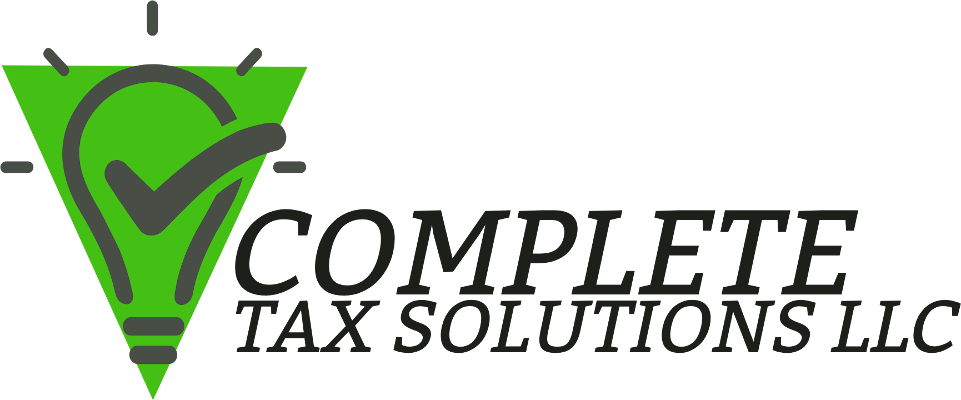It’s never too early to begin planning for retirement. Individual retirement accounts provide tax incentives for people to make investments that can provide financial security when they retire. These accounts can be with a bank or other financial institution, a life insurance company, mutual fund or stockbroker.
A traditional IRA is the most common type of individual retirement account. IRAs let earnings grow tax deferred. You pay taxes on investment gains only when you make withdrawals. You also may be able to claim a deduction on your federal income tax return for the amount you contributed to an IRA.
What to consider before investing in a traditional IRA
- A traditional IRA is a tax-advantaged personal savings plan where contributions may be tax deductible.
- Generally, the money in a traditional IRA isn’t taxed until it’s withdrawn.
- There are annual limits to your contributions depending on your age and the type of IRA.
- When planning when to withdraw money from an IRA, you should know that:
- You may face a 10% penalty and a tax bill if you withdraw money before age 59½ unless you qualify for an exception.
- Usually, you must start taking withdrawals from your IRA when you reach age 73 (age 72 if you turned 72 in 2022). For tax years 2019 and earlier, that age was 70½.
- Special distribution rules apply for IRA beneficiaries.
Differences between a Roth and a traditional IRA
A Roth IRA is another tax-advantaged personal savings plan with many of the same rules as a traditional IRA, but there are exceptions:
- You can’t deduct contributions to a Roth IRA.
- Qualified distributions are tax free.
- Roth IRAs don’t require withdrawals until after the death of the owner.
Other types of IRAs
- Simplified Employee Pension – A SEP IRA is set up by an employer. The employer makes contributions directly to an IRA set up for each employee.
- Savings Incentive Match Plan for Employees – A SIMPLE IRA allows the employer and employees to contribute to an IRA set up for each employee. It is suited as a start-up retirement savings plan for small employers not currently sponsoring a retirement plan.
- Payroll Deduction IRA – Employees set up a traditional or a Roth IRA with a financial institution and authorize a payroll deduction agreement with their employer.
- Rollover IRA – The IRA owner receives a payment from their retirement plan and deposits it into an IRA within 60 days.
This article carries no official authority, and its contents should not be acted upon without professional advice. For more information about this topic, please contact our office.
